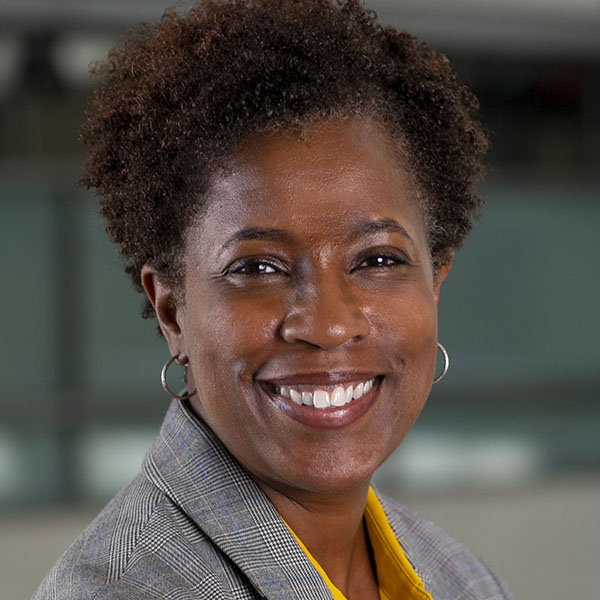Through our initiatives, we have put a particular emphasis on the workforce development needs of young people. We recognize the importance of making investments in human capital and how these investments will result in long-term individual success and regional economic growth.
Earlier this month, in partnership with the Cleveland Fed and the Annie E. Casey Foundation, we hosted Bridging the Gap: Promising Approaches and Emerging Practices for Addressing Youth Unemployment. The event, which highlighted apprenticeships and other employer-led strategies, is available for viewing.
This edition of Cascade features some of the latest government, foundation, and nonprofit initiatives to respond to the vast workforce development needs of young people from 16 to 24 years of age, particularly “opportunity youth” — those who are neither working nor in school. Many of these initiatives seek greater involvement from the private sector to provide meaningful pathways to jobs and careers.
Apprenticeships, which combine on-the-job training and other related training and instruction, are highlighted in this issue as an important model to address youth unemployment. Registered apprenticeships (RAs), authorized under federal legislation enacted in 1937, have traditionally been used in construction and the skilled trades, but RAs are now being expanded to high-growth industries such as information technology (IT), health care, and advanced manufacturing. There is also much to learn from emerging approaches being implemented overseas. Just this past summer, the U.S. Departments of Labor, Commerce, and Education signed agreements with their counterpart agencies in Germany and Switzerland to work together and share information on apprenticeships and career and technical education.
Other articles in this issue focus on the importance of job quality, reflect on other employer-led strategies to address youth unemployment, and provide a comprehensive overview of opportunities to bridge workforce partnerships in IT. We also highlight research on efforts to assist disadvantaged young men of color, many of whom who have experienced high unemployment rates.
As we look toward 2016, CDS&E is considering new ways to engage in initiatives that address the workforce development challenges facing young people throughout the Third Federal Reserve District and nationwide. Please contact our team if you have opportunities to partner in this area.
I wish you a happy holiday season and look forward to connecting in the new year.

